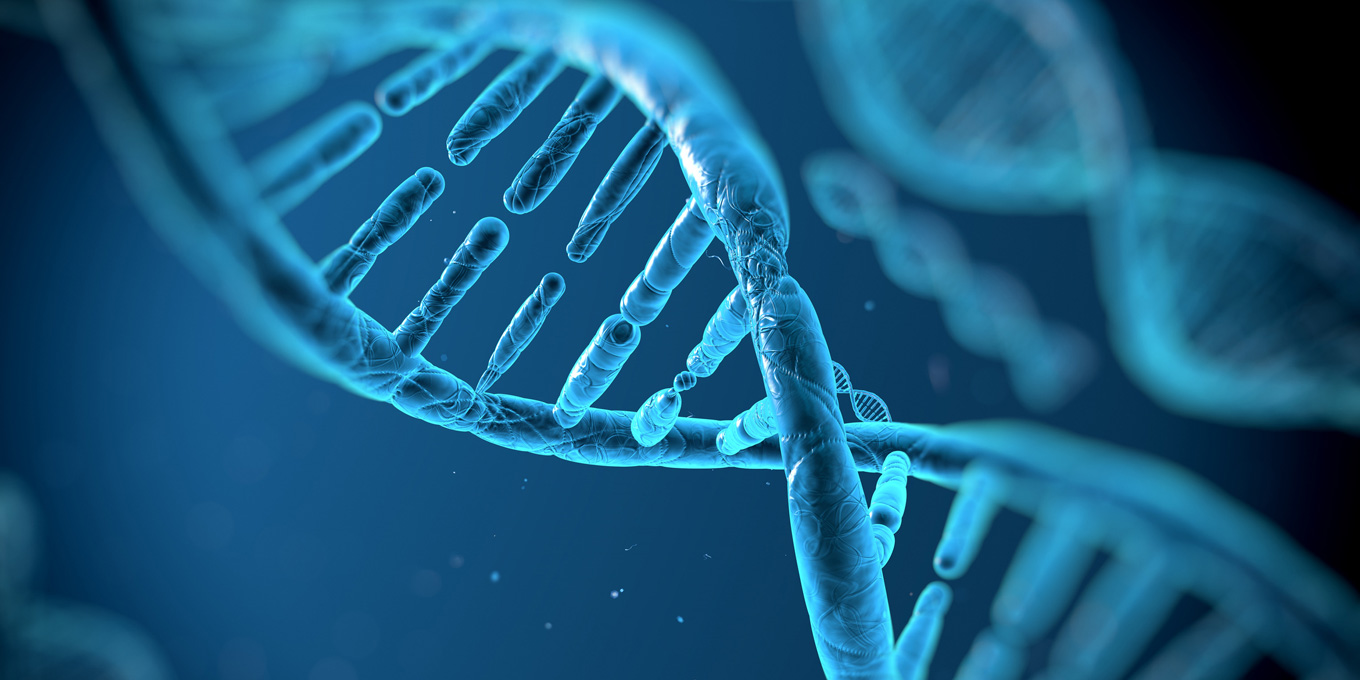Taking the right medical decisions should be given the paramount importance and to achieve that the diagnostic tests can be the foundations. The diagnosis plays an important role not only in the initial detection process but also in prevention, treatment and also during the successful management of the current health condition.
Molecular Diagnostics stands as the most dynamic and ever-growing area of diagnostics. It is on the threshold of creating a revolution in healthcare that can lead to better insights in the medical research, diagnosis, and treatment of various diseases. It acts as a magnifying glass in spotlighting the structure and the mechanism of a disease, thus enabling the healthcare providers to march towards the much needed ‘personalized treatments’. In the current scenario, molecular diagnostics covers most of the laboratory tests for various infectious diseases and genetics, slowly marching towards the unexplored areas of oncology. Ever since the microorganisms are categorized based on the sequence, making a preliminary diagnosis has been a walk in the park. If a sequence is identified to be in out of place or in somewhere, it should not be, we can say that a preliminary diagnosis has been made. This advancement in technology has also empowered the molecular diagnostics and its substantial growth in clinical laboratories conveys the same.
The Challenges – A restricted innovation
PCR technology essentially paved the way for today’s molecular diagnostics and it will always remain as a phenomenal diagnosis technique. Unfortunately, not every healthcare provider or the clinical labs can build a dedicated infrastructure for PCR technology. The professionally trained technicians and the sophisticated equipment for the same acts as a hindrance for the penetration of PCR when compared to other clinical diagnostic systems. Ever since its genesis, the molecular diagnosis demands a specialized infrastructure, trained technicians and operators. Making the entire process to be automated can be a solution as variations and errors can be brought down dramatically.


